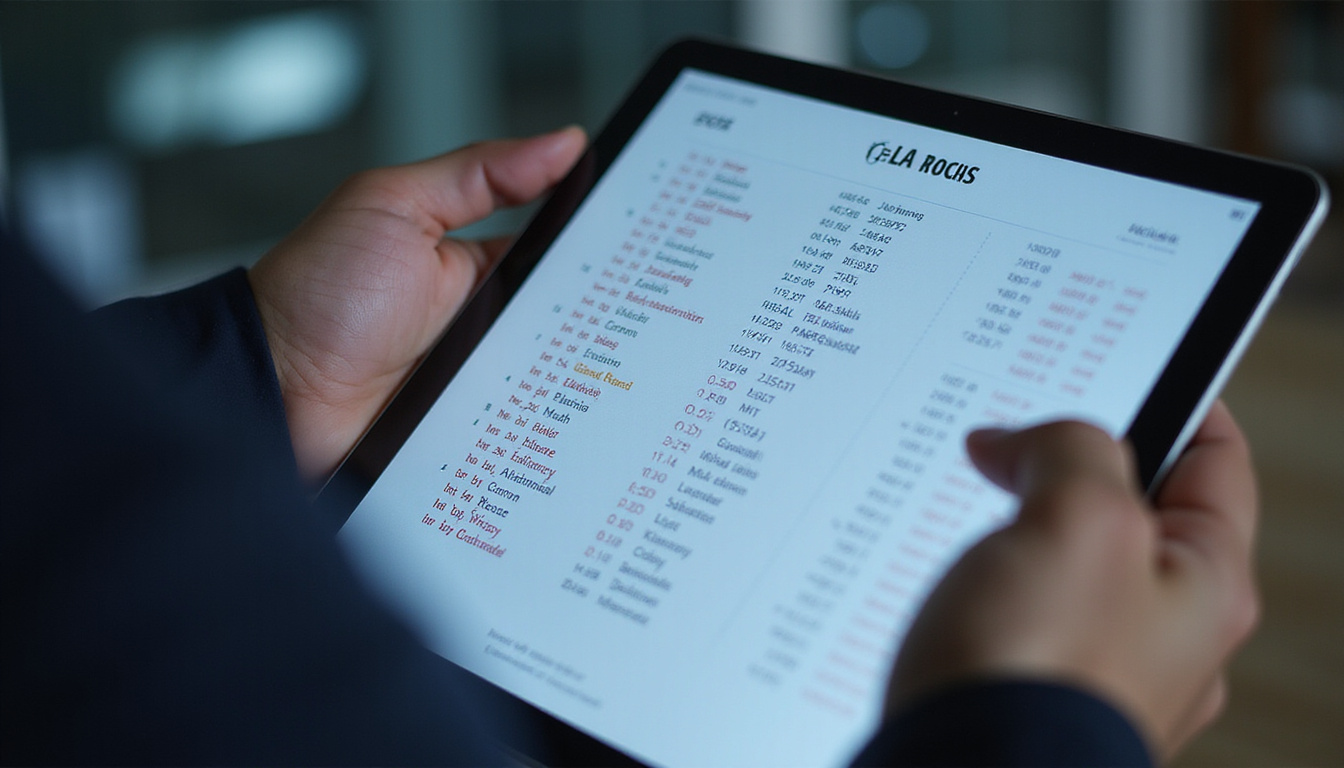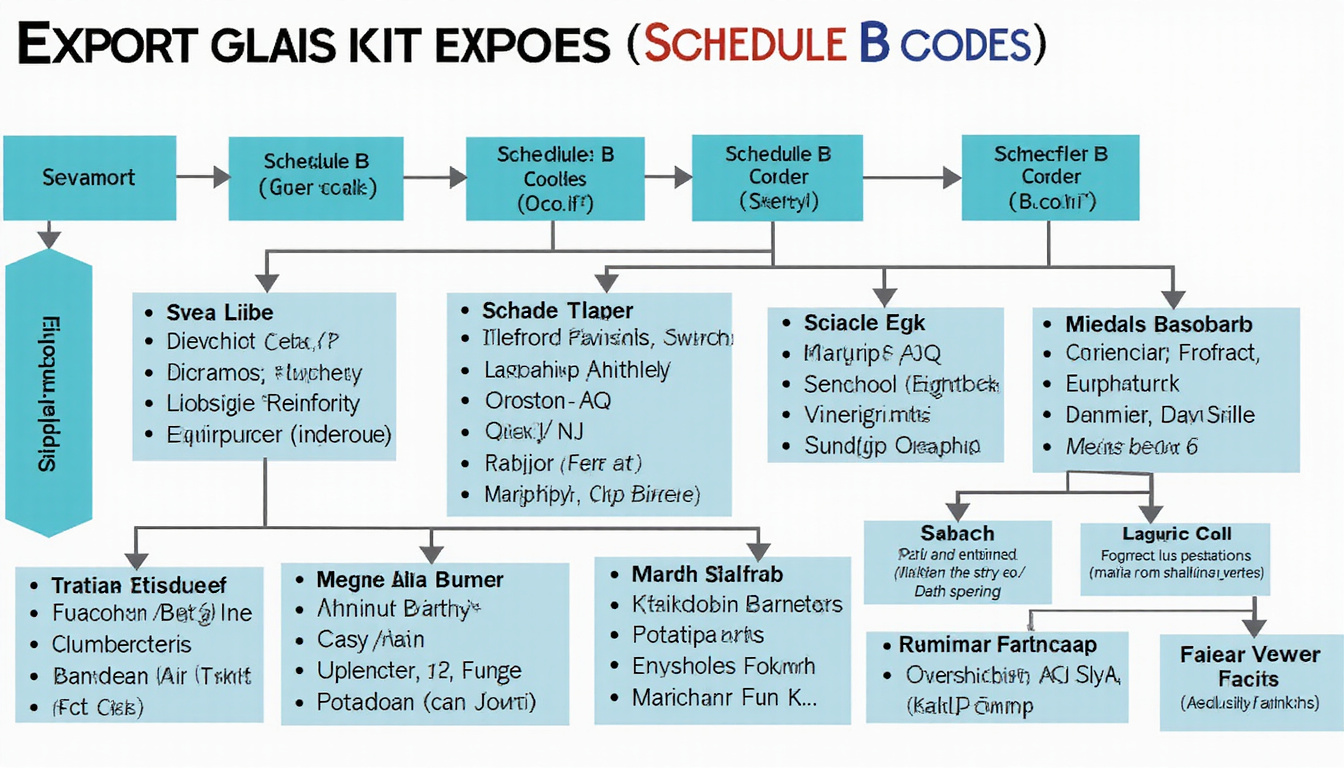When engaging in international trade, understanding the HS code list is crucial for smooth and efficient customs clearance. The Harmonized System (HS) codes are standardized numerical codes used worldwide to classify traded products. Accurate use of these codes can significantly reduce delays, avoid penalties, and ensure compliance with customs regulations. In this guide, we will explore what the HS code list is, its importance, how to find the right codes, and tips for hassle-free customs clearance.
What Is the HS Code List?
The HS code list is a globally recognized system developed by the World Customs Organization (WCO) to categorize goods in international trade. Each HS code typically consists of six digits: the first two digits identify the chapter, the next two the heading, and the last two the subheading. Countries may add additional digits for further classification, depending on national requirements. This system ensures consistent classification and helps customs authorities assess duties, taxes, and regulations efficiently.
Why Is the HS Code List Important?
Using the correct HS codes on shipping documents is essential for multiple reasons:
- Customs compliance: Incorrect or missing HS codes can cause customs delays or seizures.
- Accurate duty and tax assessment: Customs officials calculate import tariffs based on HS codes.
- Trade statistics and policy-making: Governments use HS codes to monitor trade flows.
- Facilitation of trade agreements: Many free trade agreements reference HS codes to determine tariff concessions.
Therefore, mastering the HS code list benefits exporters and importers by ensuring smoother logistics and compliance.
How to Find the Right HS Code for Your Product
Identifying the correct HS code can sometimes be challenging due to the complexity of the system. Here are some practical steps to help you:
- Understand your product thoroughly: Know the composition, use, and technical details.
- Consult the official HS code list: Check your country’s customs or trade authority website, as they often provide searchable databases.
- Use classification tools like Classifast.com: Classifast offers instant classification and category search for HS codes and other classification standards based on your product description. It’s a fast and accurate way to identify the proper codes without manual searching.
- Seek expert advice if needed: Customs brokers or trade consultants can assist with complicated cases.
- Cross-reference with international standards: Use other classification codes such as UNSPSC or NAICS to complement your findings.
Tips for Easy Customs Clearance Using the HS Code List
Applying the right HS codes is only one piece of the puzzle. To ensure easy customs clearance, consider the following tips:
- Be accurate and consistent: Use the same HS code on all customs documentation, including commercial invoices, packing lists, and shipping bills.
- Stay updated: HS codes are revised every five years. Regularly check for updates to avoid using obsolete codes.
- Include detailed product descriptions: Accompany HS codes with clear and precise product descriptions for customs officers.
- Work with reliable freight forwarders and customs brokers: Their experience can help avoid common mistakes.
- Keep documentation organized and accessible: This speeds up verification processes and audits.
Understanding HS Code Structure with an Example
To clarify, here’s how an HS code is structured:
| HS Code Digits | Meaning | Example |
|---|---|---|
| 01 | Chapter: Live animals | 01: Live animals |
| 0102 | Heading: Live bovine animals | 0102 |
| 010221 | Subheading: Live bovine animals less than 185 kg | 010221 |
This hierarchy helps customs officers classify goods accurately.

Advantages of Using Online Classification Tools Like Classifast.com
Manually searching the HS code list can be time-consuming and prone to error. Tools like Classifast.com simplify this process by providing:
- Instant classification based on simple text descriptions.
- Access to multiple classification standards including UNSPSC, NAICS, ISIC, ETIM, CN, and HS.
- Fast and accurate code searching that helps ensure compliance.
- Reduction of human error in assigning codes.
For businesses and individuals dealing with frequent shipments, leveraging such technology is invaluable for maintaining accuracy and speed.
FAQ: HS Code List and Customs Clearance
1. What is the difference between an HS code and a tariff code?
The HS code is the internationally standardized system for product classification, consisting of at least six digits. A tariff code often extends the HS code with additional digits for national customs purposes to specify tariffs and trade regulations.
2. Can I use an old HS code from previous shipments?
It’s important to verify HS codes regularly because the World Customs Organization updates the system every five years. Using outdated codes can lead to customs penalties and shipment delays.
3. Where can I look up the HS code list for my country?
Most countries’ customs or trade agencies provide official searchable databases of HS codes. Additionally, websites like Classifast.com offer quick classification tools to find accurate codes using product descriptions.
Authoritative Source Verification
The World Customs Organization (WCO) maintains and updates the global HS code list and offers training resources on proper classification and compliance. For accurate, authoritative information on HS codes, you can visit the official WCO website at WCO.int.
Conclusion: Streamline Your International Trade with the HS Code List
Mastering the HS code list is fundamental for successful and smooth international trade. Accurate product classification speeds up customs clearance, decreases compliance risks, and optimizes costs. Using trusted online tools such as Classifast.com can dramatically simplify the classification process, ensuring you always apply the correct codes according to international standards.
Don’t let incorrect HS codes delay your shipments. Take advantage of advanced classification services, stay informed about updates, and partner with experienced customs agents to make customs clearance effortless.
Get started today by visiting Classifast.com and instantly discover the HS codes tailored for your products—ensuring faster customs clearance and smoother global trade operations!


















